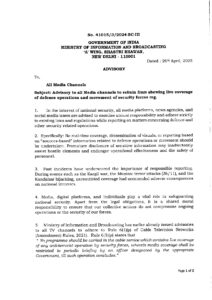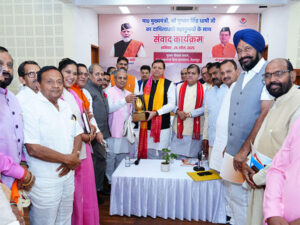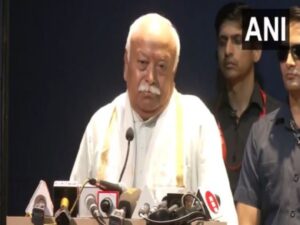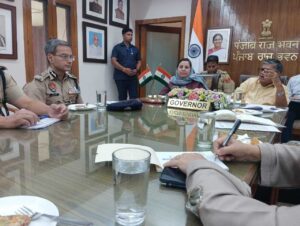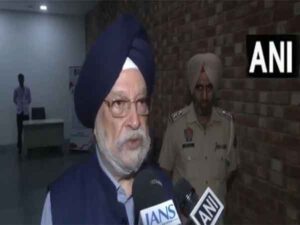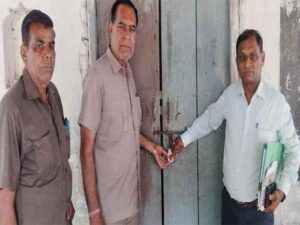Union Cabinet accepts recommendations of High Level Committee’s on Simultaneous Elections
New Delhi [India], September 18 (ANI): The Union Cabinet has accepted the recommendations put forth by the high-level committee on “One Nation, One Election, said Union Minister Ashwini Vaishnaw. This decision marks a significant step towards synchronising national and state elections, a reform aimed at reducing the frequency of elections and the associated costs, as well as streamlining governance.
Recently, the High-Level Committee on Simultaneous Elections, chaired by former President of India Ram Nath Kovind, has presented its comprehensive report to the President of India, Droupadi Murmu. The report outlines the various advantages of conducting simultaneous elections at all three tiers of government — central, state, and local bodies — citing both political and economic benefits.
The report emphasizes that frequent elections create uncertainty and affect policy decisions, whereas holding elections simultaneously would promote policy stability, ease governance, and increase voter participation. Economic advantages such as higher growth, uninterrupted governance, and the efficient use of government resources were also highlighted. Simultaneous elections would significantly reduce the financial burden on the government exchequer by avoiding the repetitive costs of conducting intermittent elections.
The Committee consulted various stakeholders, including political parties, legal experts, business organisations, and the general public and received substantial support for the idea of simultaneous elections. According to the report, 80% of the public respondents and many major political parties favored the proposal, along with a host of legal and economic experts who underscored the adverse impacts of asynchronous elections.
The report is the result of 191 days of consultations and research, comprising 18,626 pages, and is expected to play a crucial role in shaping discussions on election reform in India.
The High-Level Committee on Simultaneous Elections also recommended provisions for situations such as a hung House or a no-confidence motion. In the event of such occurrences, fresh elections may be held to form a new government. However, if fresh elections are held for the Lok Sabha, the tenure of the newly elected House will be limited to the unexpired term of the previous House, which will end when the original term of the dissolved House would have expired.
Similarly, for State Legislative Assemblies, fresh elections would result in the new Assembly continuing only until the end of the full term of the House of the People, unless dissolved earlier.
The Committee also recommended synchronizing Municipal and Panchayat elections with those of the House of the People and the State Assemblies, ensuring that these elections are conducted within 100 days of the national and state polls. This proposal, however, would require ratification by at least half of the states.
The report concluded that simultaneous elections would enhance voter confidence, ease the election process, and bolster the democratic structure of India by ensuring inclusivity, transparency, and social cohesion, ultimately driving development and meeting the aspirations of the country.

